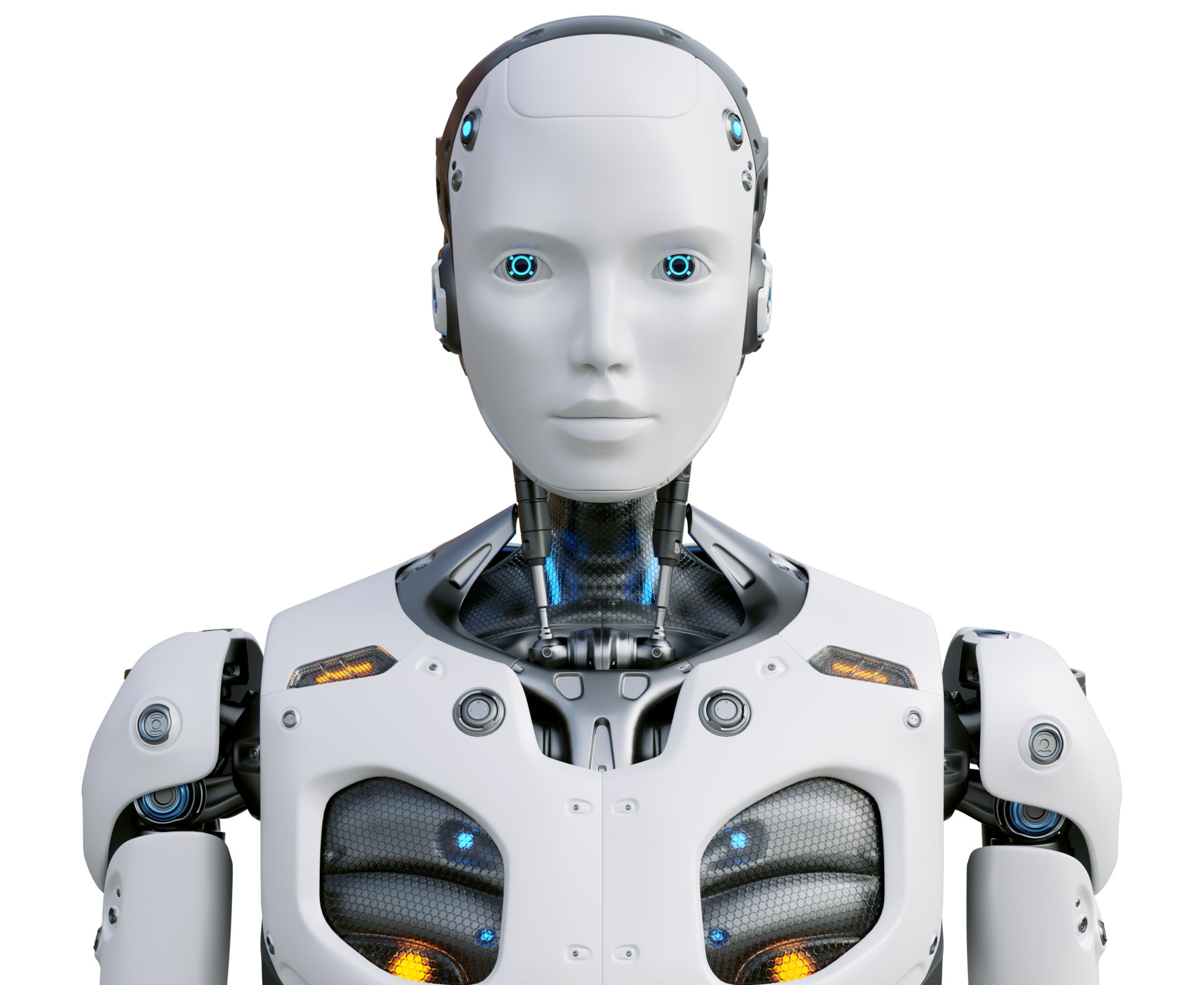Navigating the Latest Trends in Industrial Robots in Australia
Introduction to Industrial Robotics Trends
As industries across Australia continue to evolve, the integration of industrial robots is becoming increasingly prevalent. These advanced machines are transforming the manufacturing landscape, offering enhanced productivity, precision, and efficiency. Understanding the latest trends in industrial robotics is crucial for businesses aiming to stay competitive in this rapidly changing environment.

Automation and Its Impact
The rise of automation is one of the most significant trends in the industrial robotics sector. More companies are adopting robots to perform repetitive and hazardous tasks, freeing up human workers for more complex responsibilities. This shift not only boosts productivity but also improves workplace safety, as robots can handle dangerous materials and processes.
Moreover, automation is leading to cost savings in the long term. While the initial investment in robotic systems can be substantial, the reduction in labor costs and increased operational efficiency often result in a favorable return on investment.
Collaborative Robots: The Future of Work
Collaborative robots, or cobots, are designed to work alongside humans, complementing their skills and capabilities. These robots are equipped with advanced sensors and safety features that allow them to operate safely in close proximity to people. Cobots are particularly popular in small to medium-sized enterprises (SMEs) due to their flexibility and ease of programming.

Advancements in Artificial Intelligence
Artificial intelligence (AI) is playing a pivotal role in the development of smarter industrial robots. AI enables robots to learn from their environments, adapt to new tasks, and optimize their performance. This capability is particularly beneficial in industries where customization and adaptability are essential.
The integration of AI in robotics also facilitates predictive maintenance, where machines can anticipate breakdowns and prompt maintenance actions before issues arise. This not only minimizes downtime but also extends the life of the machinery.
Industry 4.0 and Smart Factories
The concept of Industry 4.0 is reshaping manufacturing with its focus on digitalization and connectivity. Smart factories are leveraging industrial robots to create a seamless flow of information and materials. These facilities employ advanced technologies such as the Internet of Things (IoT), big data analytics, and cloud computing to enhance operational efficiency.

Challenges and Considerations
While the benefits of industrial robotics are clear, there are challenges that businesses must address. The cost of implementation remains a significant barrier for many companies, particularly SMEs. Additionally, there is a need for skilled workers who can operate and maintain these sophisticated machines.
Furthermore, the integration of robots into existing workflows requires thoughtful planning and change management strategies to ensure a smooth transition. Businesses must also consider the ethical implications of increased automation, such as potential job displacement.
Conclusion
Navigating the latest trends in industrial robots in Australia requires businesses to be proactive and strategic. By embracing automation, investing in collaborative robots, and leveraging AI advancements, companies can enhance their competitiveness in the global market. As the industry continues to evolve, staying informed about these technological advancements will be key to success.